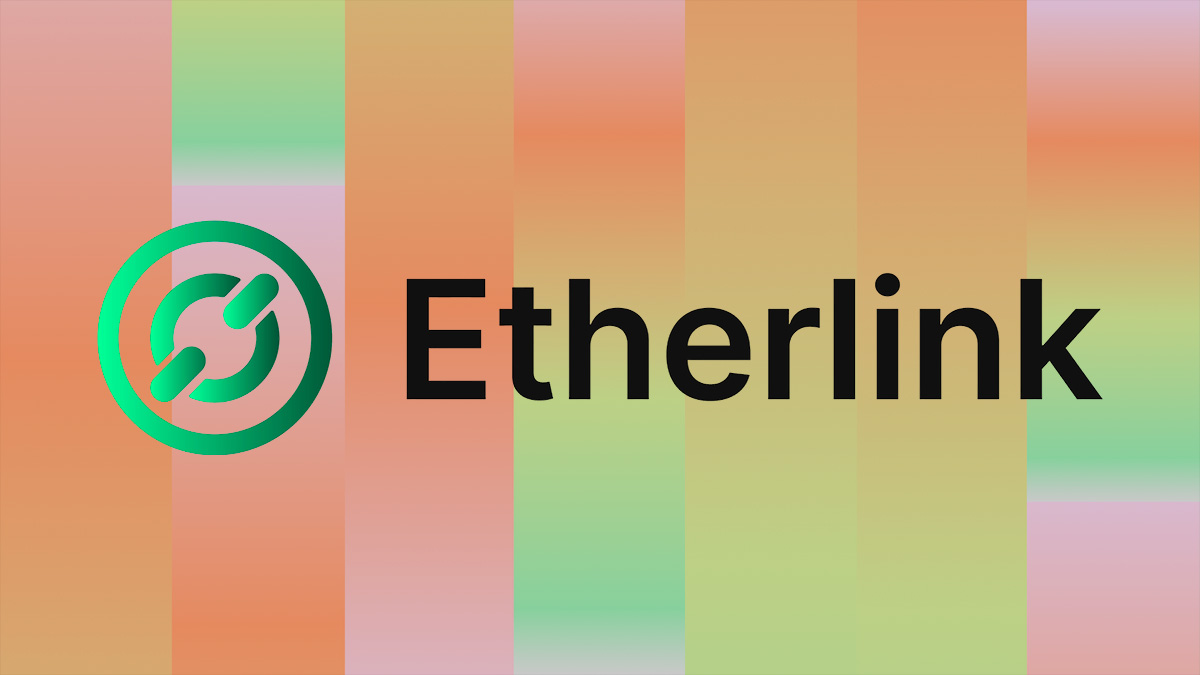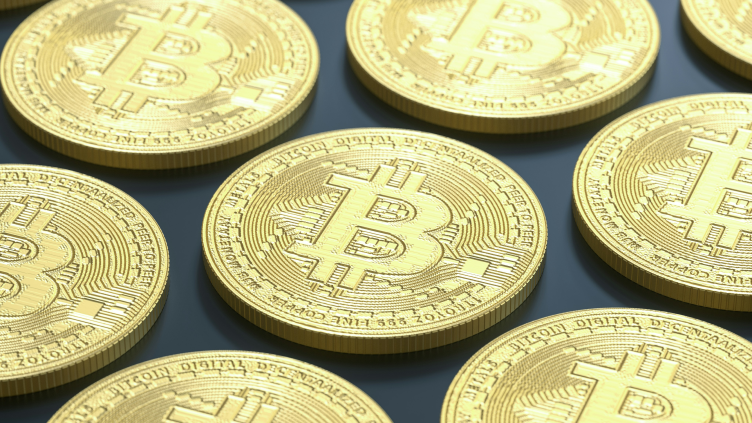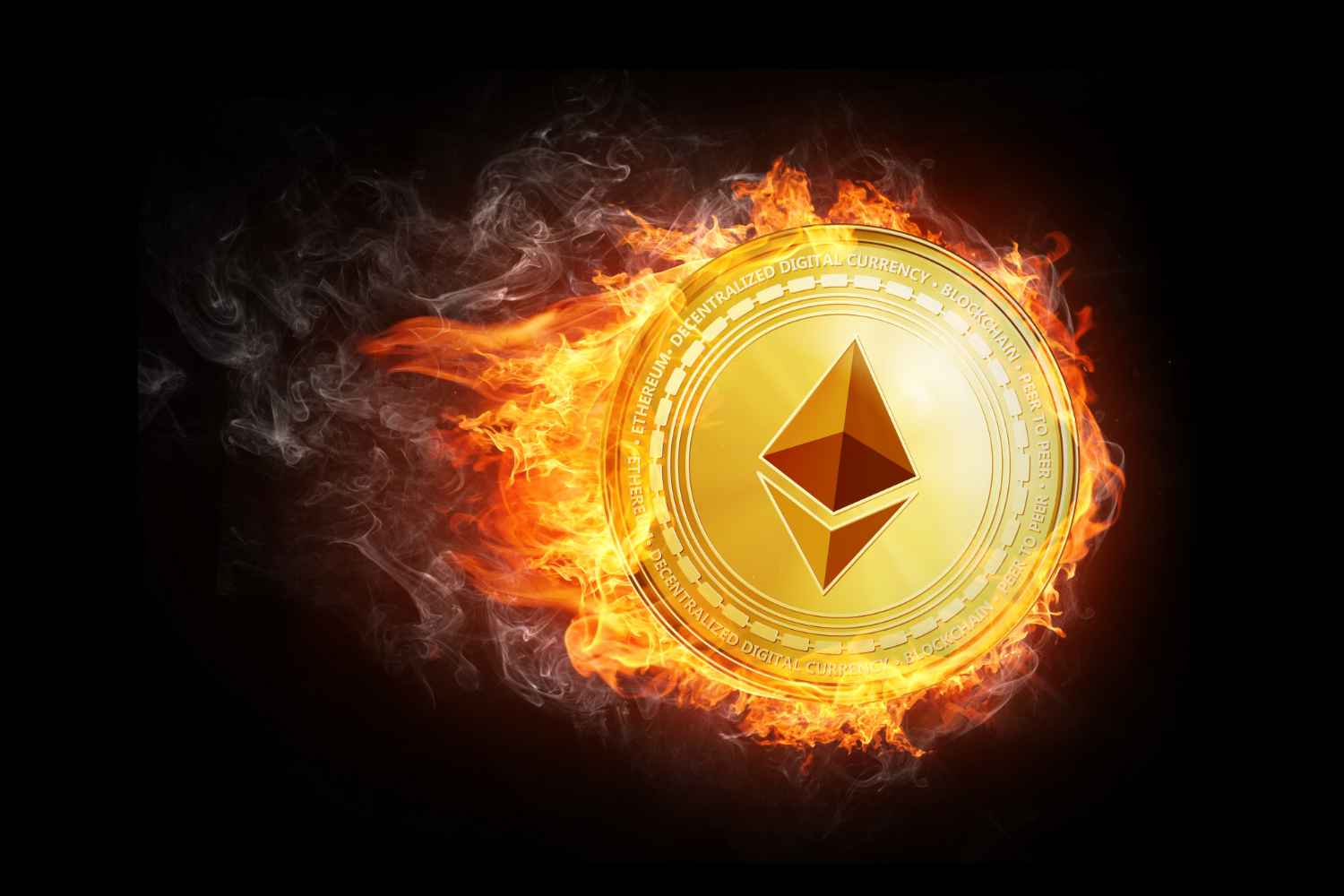Bitcoin, Raydium, and Frax: Navigating the Changing Landscape of Crypto
The crypto market has been a rollercoaster ride for investors in recent times. With Bitcoin (BTC) leading the charge, altcoins like Raydium and Frax have also dominated discussions due to their unique offerings, volatility, and governance changes. Let’s explore these three projects and their potential impact on both individual investors and the wider world.
Bitcoin: The Pioneer Coin
Bitcoin, the first and largest cryptocurrency, has been at the forefront of the crypto market’s volatility. Its price swings have been influenced by several factors, including:
- Institutional adoption: Companies like Tesla and MicroStrategy have bought large amounts of Bitcoin, driving up its price.
- Regulatory changes: The U.S. infrastructure bill’s proposed taxation of crypto transactions has caused uncertainty in the market.
- Elon Musk’s tweets: The tech billionaire’s public support and criticism of Bitcoin have significantly impacted its price.
Raydium: Decentralized Exchange and Automated Market Making
Raydium, a decentralized exchange (DEX) built on the Solana blockchain, has gained attention due to its innovative automated market making (AMM) system. This system allows users to trade directly with liquidity pools, making transactions faster and more efficient than traditional exchanges. Some benefits of Raydium include:
- Lower transaction fees: The Solana blockchain’s low fees make Raydium a more cost-effective option for traders.
- Faster transactions: Solana’s fast block confirmation times enable quicker trades.
- Interoperability: Raydium integrates with other decentralized finance (DeFi) projects on the Solana network, expanding its utility.
Frax: Stablecoin and Automated Rebasing
Frax, a stablecoin pegged to the U.S. dollar, has also been a topic of interest due to its unique automated rebase mechanism. This feature adjusts the supply of Frax tokens to maintain its peg to the dollar, providing price stability. Some advantages of Frax include:
- Price stability: The automated rebase system helps maintain Frax’s value, making it a more reliable store of value and medium of exchange.
- Interoperability: Frax can be used in various DeFi applications, expanding its utility.
- Governance: Frax’s decentralized governance model allows community members to propose and vote on improvements and upgrades.
Effects on Individual Investors and the World
For individual investors, understanding the potential of projects like Bitcoin, Raydium, and Frax can lead to better investment decisions. Keeping up with market trends, regulatory changes, and technological innovations can help maximize returns and minimize risks.
On a larger scale, the crypto market’s evolution can have significant impacts on the world. For instance:
- Financial inclusion: Crypto can provide financial services to the unbanked and underbanked populations, increasing financial access and inclusion.
- Decentralization: Blockchain technology and decentralized systems can challenge traditional financial institutions and power structures.
- Regulatory clarity: Clearer regulations and guidelines can help mitigate risks and encourage wider adoption of cryptocurrencies.
Conclusion
As the crypto landscape continues to evolve, projects like Bitcoin, Raydium, and Frax are shaping the future of finance. Staying informed about these developments and their potential impacts can help individual investors make informed decisions and contribute to a more inclusive and decentralized financial system. By embracing the opportunities and challenges presented by these projects, we can pave the way for a more innovative and accessible financial future.
Join the conversation and explore the crypto world further by learning about these projects, engaging with their communities, and staying updated on the latest developments.





